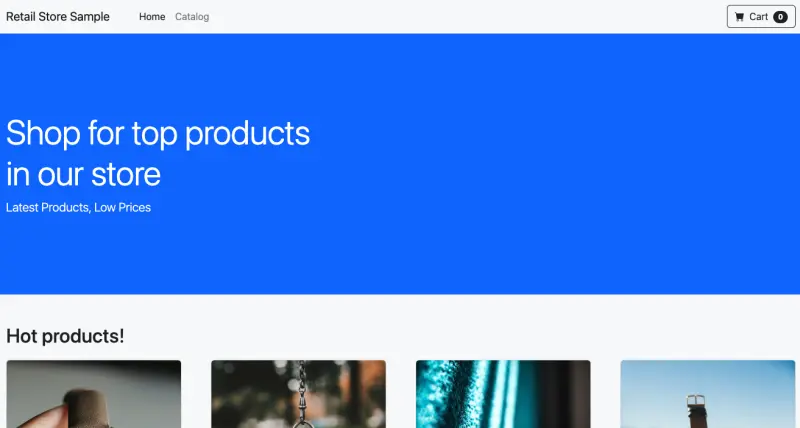Updating the application with new resources
When new resources are created or updated, application configurations also need to be updated to use these new resources. Environment variables are a popular choice for application developers to store configuration, and in Kubernetes we can pass environment variables to containers through the env field of the container spec when creating deployments.
Now, there are two ways to achieve this.
- First, Configmaps. Configmaps are a core resource in Kubernetes that allow us to pass configuration elements such as Environment variables, text fields and other items in a key-value format to be used in pod specs.
- Then, we have secrets (which are not encrypted by design - this is important to remember) to push things like passwords/secrets.
The ACK FieldExport custom resource was designed to bridge the gap between managing the control plane of your ACK resources and using the properties of those resources in your application. This configures an ACK controller to export any spec or status field from an ACK resource into a Kubernetes ConfigMap or Secret. These fields are automatically updated when any field value changes. You are then able to mount the ConfigMap or Secret onto your Kubernetes Pods as environment variables that can ingest those values.
However, in the case of DynamoDB in this section of the lab, we will use a direct mapping of the API endpoint by using ConfigMaps, and simply updating the DynamoDB endpoint as an environment variable.
apiVersion: apps/v1
kind: Deployment
metadata:
name: carts
namespace: carts
spec:
template:
spec:
containers:
- name: carts
envFrom:
- configMapRef:
name: carts-ack
serviceAccountName: carts-ack
In the new Deployment manifest (which we've already applied), we're updating the envFrom attribute configMapRef to carts-ack. This tells Kubernetes to pick up the environment variable from the new ConfigMap we've created.
apiVersion: v1
kind: ConfigMap
metadata:
name: carts-ack
namespace: carts
data:
CARTS_DYNAMODB_TABLENAME: "${EKS_CLUSTER_NAME}-carts-ack"
CARTS_DYNAMODB_ENDPOINT: https://dynamodb.${AWS_REGION}.amazonaws.com
And when we apply these manifests using Kustomize as we've done in the earlier section, the Carts component gets updated as well.
Now, how do we know that the application is working with the new DynamoDB table?
An NLB has been created to expose the sample application for testing, allowing us to directly interact with the application through the browser:
k8s-ui-uinlb-a9797f0f61.elb.us-west-2.amazonaws.com
Please note that the actual endpoint will be different when you run this command as a new Network Load Balancer endpoint will be provisioned.
To wait until the load balancer has finished provisioning you can run this command:
Once the load balancer is provisioned you can access it by pasting the URL in your web browser. You will see the UI from the web store displayed and will be able to navigate around the site as a user.

To verify that the Carts module is in fact using the DynamoDB table we just provisioned, try adding a few items to the cart.
And to check if items are in the cart as well, run
Congratulations! You've successfully created AWS Resources without leaving the confines of the Kubernetes API!